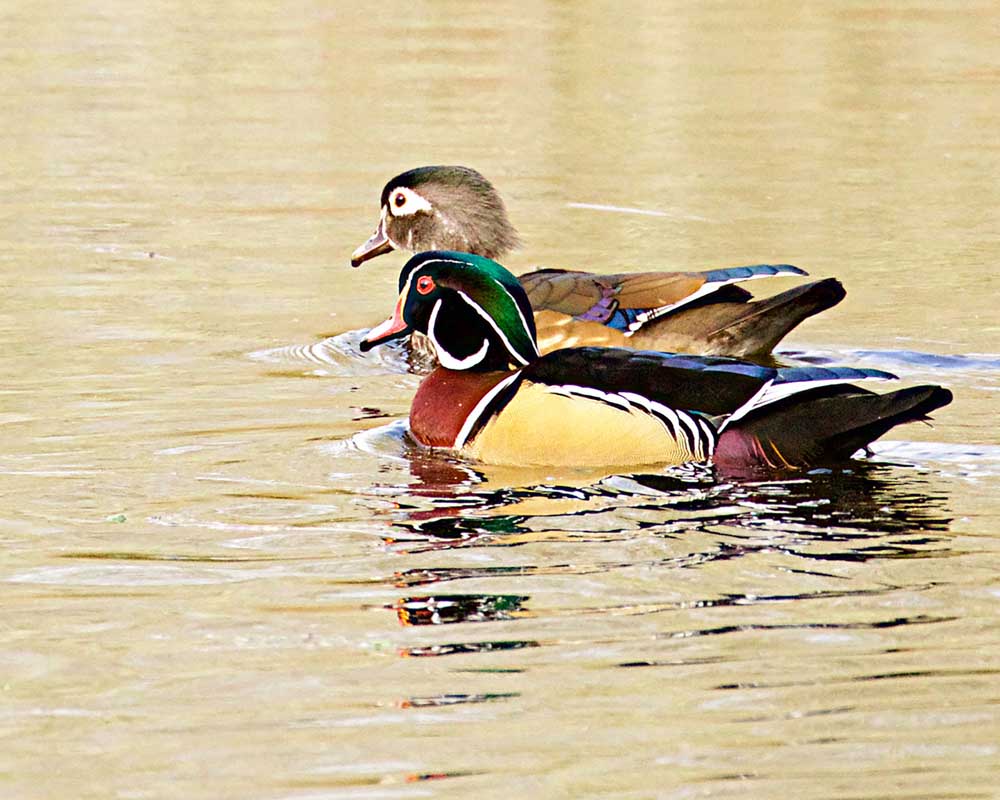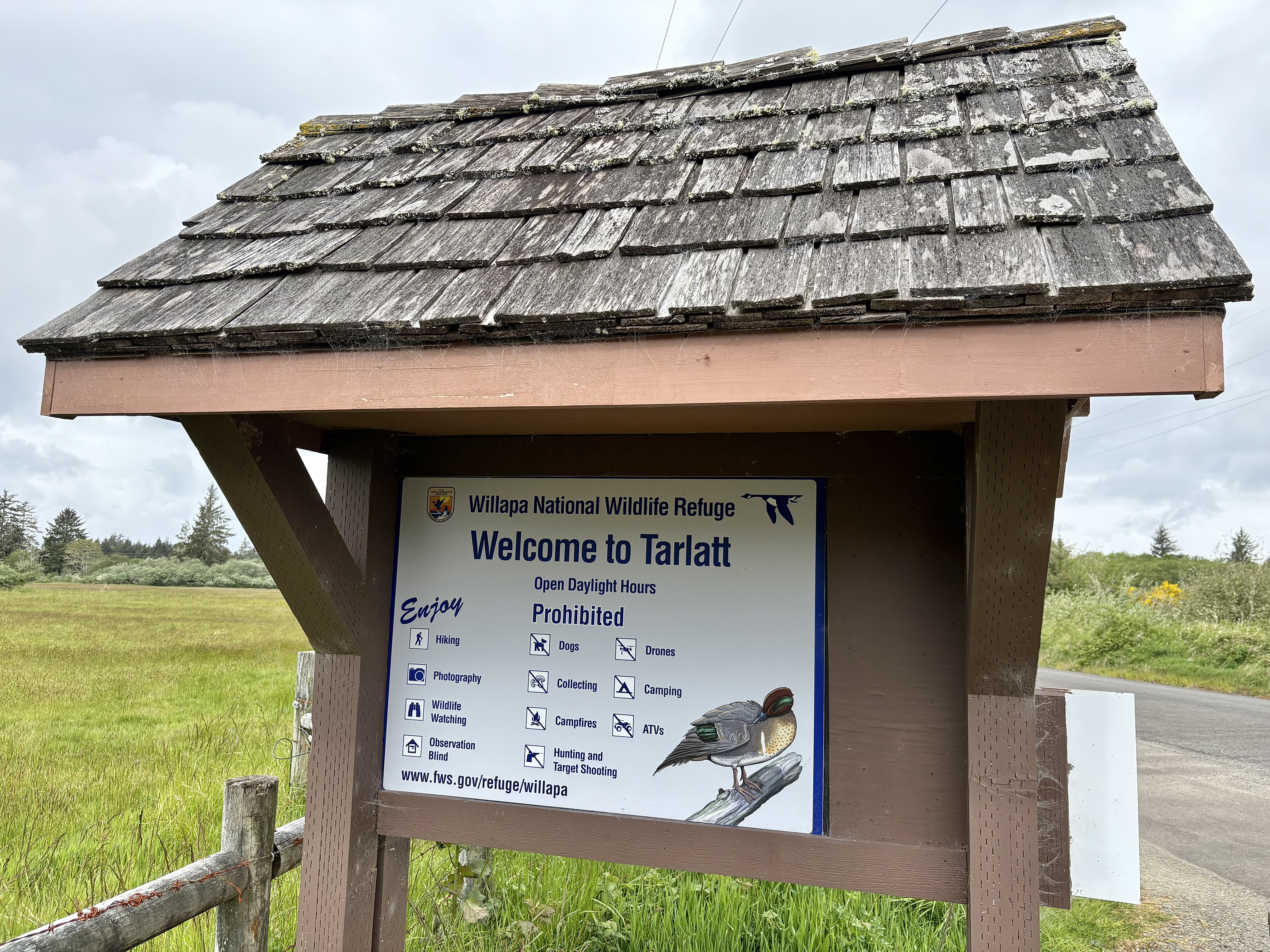Birdwatching Wood ducks: A conservation success story
Published 10:19 am Tuesday, April 17, 2018

- MADELINE KALBACH PHOTOConservation efforts incuding habitat restoration and providing nesting boxes have brought wood ducks back from the brink of disaster. This drake and hen made their way across a south Pacific County pond.
Birds tell the tale when it comes to announcing the arrival of spring. It seems to have arrived. They are the beacon. The weather is warming, the robins are here in droves along with various species of waterfowl and a few songbirds such as the marsh wren, tree swallow, violet-green swallow and the varied thrush. The swallows are vying for nesting boxes at Tarlatt Slough, but I am hoping a western bluebird will also vie for a nesting box this year. A pair came to us two years ago, so I always hope that another will claim one of our nesting boxes.
Trending
One of my favorite nesting birds of the Willapa National Wildlife Refuge is the wood duck. I would guess that it is also a favorite for many of you, too. It is one of our most attractive ducks. I agree that Baicich’s (2018) description of the male wood duck as having “a sleek crest and rainbow of iridescence along the head and back [makes] it simply outstanding up close.” The male Wood Duck’s plumage is elaborate and colorful, but even so it blends in well with the vegetation of the shady swamps it frequents. Female wood ducks are quite striking as well. Their short crest and white, teardrop shaped eye pattern is exquisite. The vibrant coloring of the male and the teardrop eye pattern of the female are definitive in the identification of this species.
Female wood ducks take charge in the breeding season. They search for nesting cavities, usually in the early morning, with the male in tow. Finding the right cavity may take a few days. The male is not part of the decision making process when it comes to choosing the right cavity. Research indicates that the wood duck is the only duck to have two broods in a season. This is especially true in southern latitudes, according to Baicich.
Wood ducks were near extinction in the early 1900s, but they have experienced a comeback since, due to strict hunting controls, and the use of nest boxes. Baicich argues that the revival of the wood duck population is “proof positive that we can help birds and other wildlife.” The placement and building of wood duck boxes has been, and still is an ideal way to engage the public and volunteers in the wood-duck nest box program and to therefore, contribute to the conservation and revival of the wood duck population.
Trending
The wood duck is an uncommon, permanent resident on the Peninsula and on the Willapa National Wildlife Refuge. It is most likely to be seen at Beards Hollow, Cape Disappointment, Tarlatt, and in any of the wooded, swampy areas and marshes of the Refuge. Once seen, this beautiful waterfowl is sure to become one of your real favorites!









